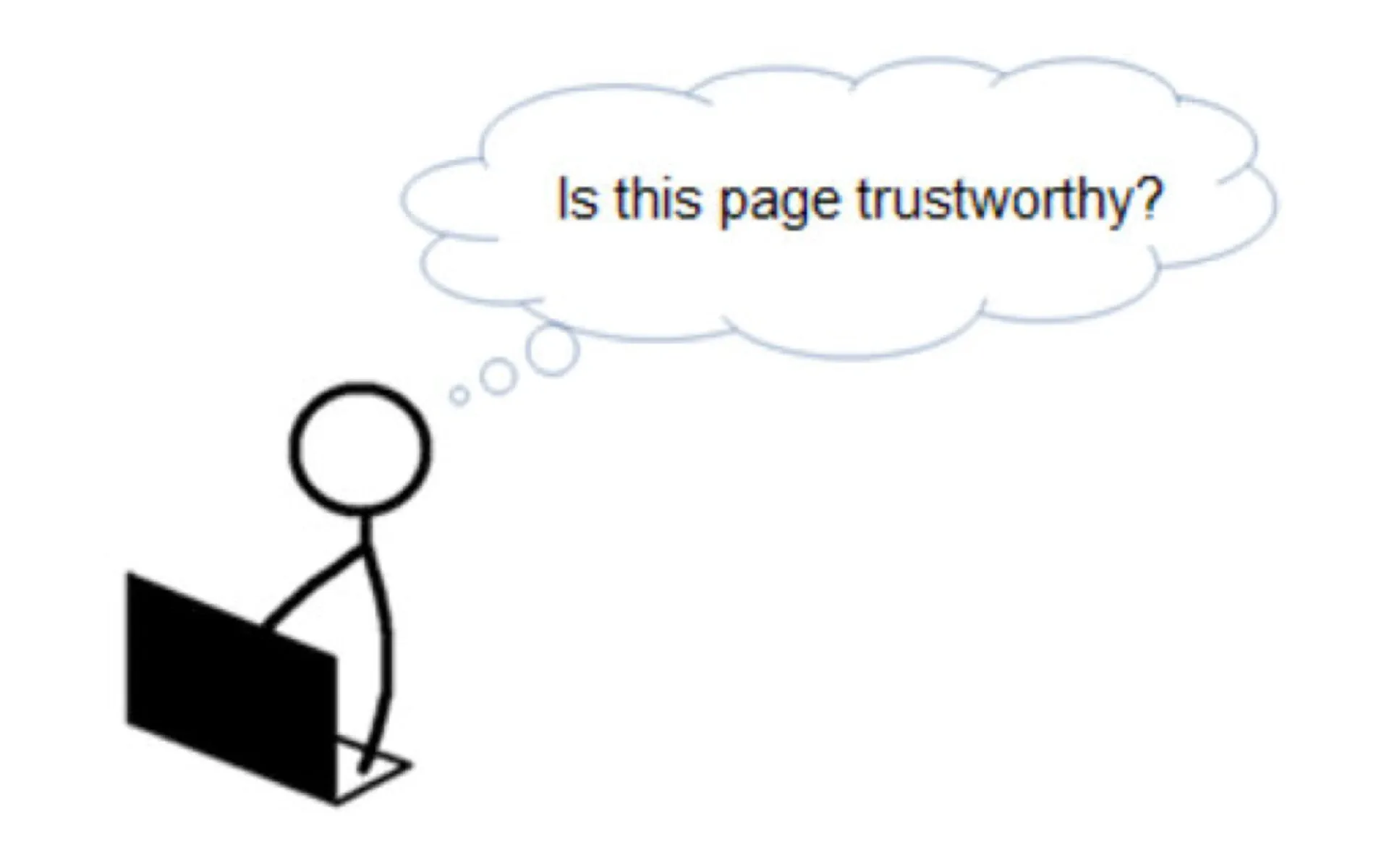Google's updated search quality guidelines add 11 pages about spam policies
Search quality evaluator documentation expands to include additional guidance about low-quality content and user intent assessment.

On Thursday, January 23rd, Google expanded its search quality raters guidelines document with additional guidance focused on spam prevention and content quality standards. According to Search Engine Roundtable, the update added 11 new pages to the document, increasing its total length from 170 to 181 pages.
This marks the first major revision of the guidelines in 2025, following the previous update that occurred over ten months ago during the March 2024 spam update. The modifications primarily concentrate on aligning the documentation more closely with Google's Search Web Spam Policies.
According to the change log reported by Search Engine Roundtable, the update provides enhanced guidance for quality raters to evaluate web content, with particular emphasis on identifying and assessing low-quality and spam content. The modifications include expanded sections on Page Quality assessment criteria for lowest and low-quality content.
The search quality raters guidelines serve as a reference document for third-party contractors who evaluate the performance of Google's search ranking systems. According to the documentation, while these evaluations do not directly influence search rankings, they help assess the effectiveness of search algorithms.
The updated guidelines introduce several technical refinements. The document now features revised rating ranges and updated browser requirements for quality raters. These modifications aim to enhance the evaluation process and ensure consistent assessment across different web browsers and platforms.
Specific changes to the Page Quality rating criteria include:
- Enhanced definitions of harmful content
- Expanded guidance on assessing experience, expertise, authoritativeness, and trust (E-E-A-T)
- Additional examples of lowest quality pages
- Refined criteria for identifying deceptive page design
- Updated standards for evaluating main content quality
The guidelines provide a structured framework for evaluating web content quality. According to the documentation, quality raters must assess:
- The purpose of the page
- The potential for harm
- The topic and extent of YMYL (Your Money or Your Life) implications
- The type of website
- Information provided about the website and content creators
- Quality of the main content
- Role of advertisements and supplementary content
- Reputation of the website and content creators
- Trustworthiness as demonstrated through E-E-A-T principles
According to Search Engine Roundtable's documentation archive, the search quality raters guidelines have undergone regular updates since their initial public release. Previous versions were released on:
- March 5, 2024
- November 16, 2023
- December 15, 2022
- July 28, 2022
- October 19, 2021
- October 14, 2020
- December 5, 2019
- May 16, 2019
- June 20, 2018
- July 27, 2017
The expanded guidelines emphasize the importance of identifying and assessing various types of low-quality content. According to the documentation, quality raters must now evaluate content based on:
- Potential for harm to individuals or specified groups
- Presence of harmfully misleading information
- Trustworthiness of webpages and websites
- Characteristics of spammy content
- Evidence of deceptive practices
The guidelines maintain that quality ratings should be based on objective criteria rather than personal preferences or beliefs. They emphasize the importance of representing cultural standards specific to each rating locale while maintaining consistent evaluation standards across different regions and languages.
This update reflects Google's continued focus on content quality assessment and spam prevention in its search ecosystem. The expanded documentation provides quality raters with additional tools and criteria for evaluating web content, particularly in identifying and assessing low-quality and potentially harmful material.

